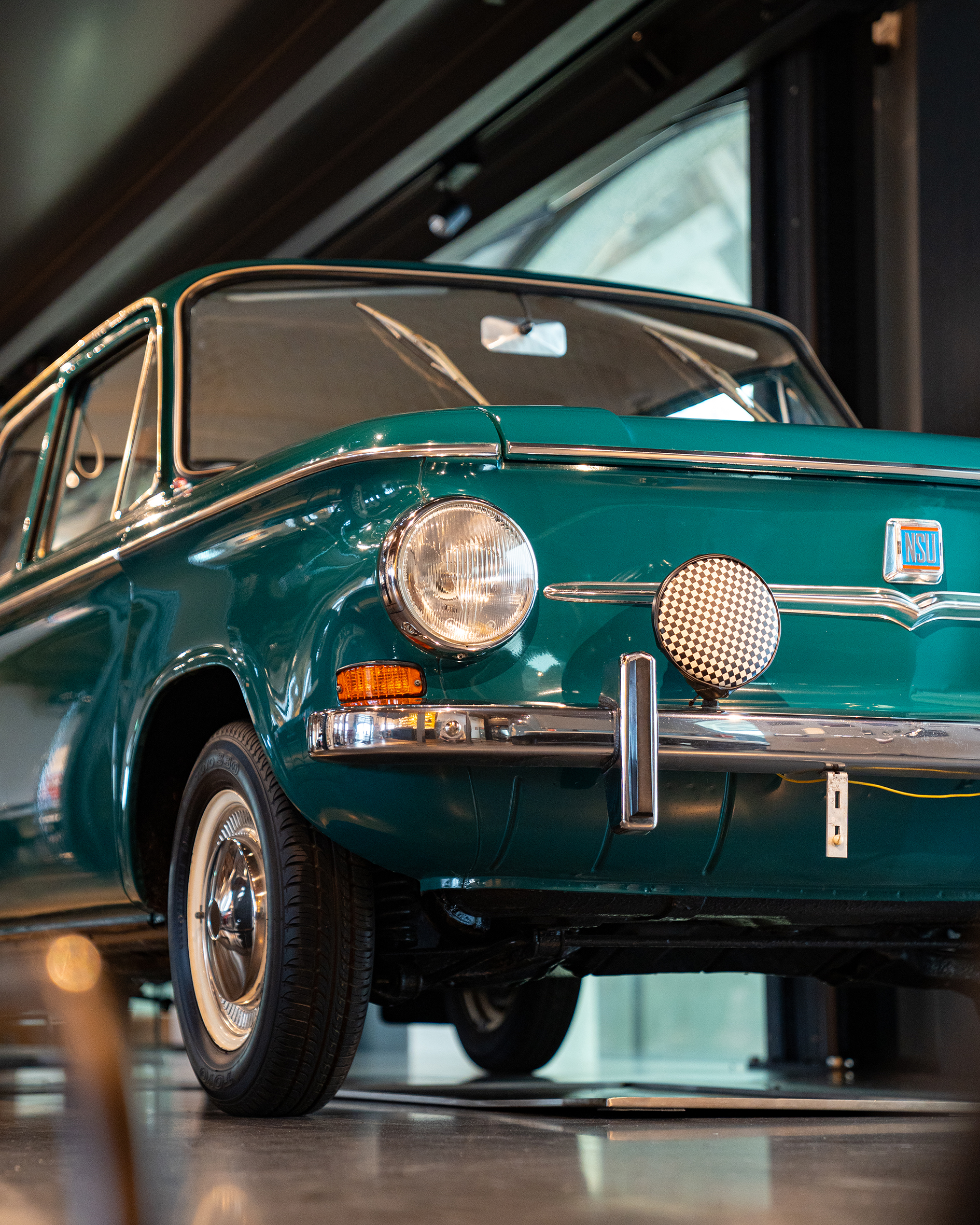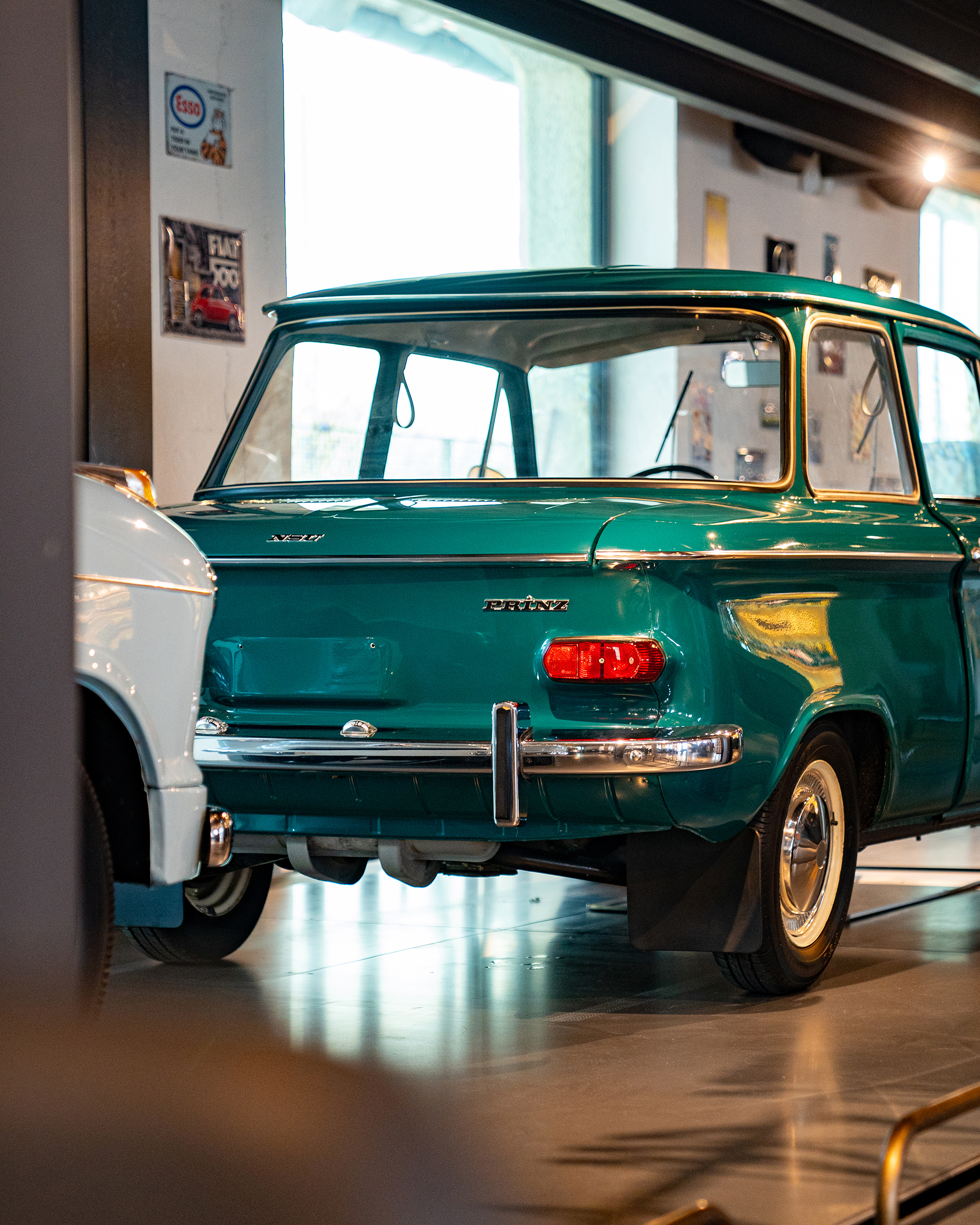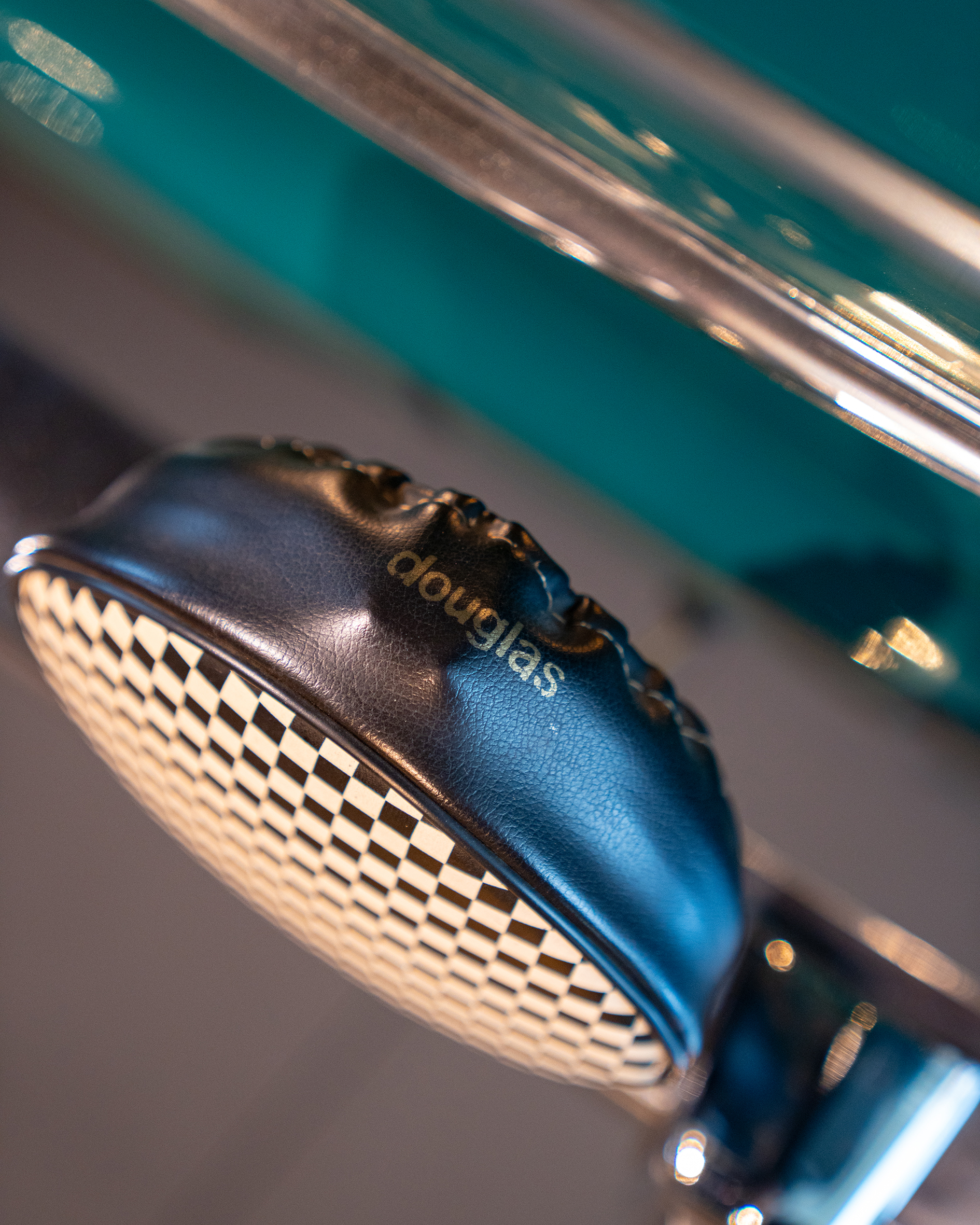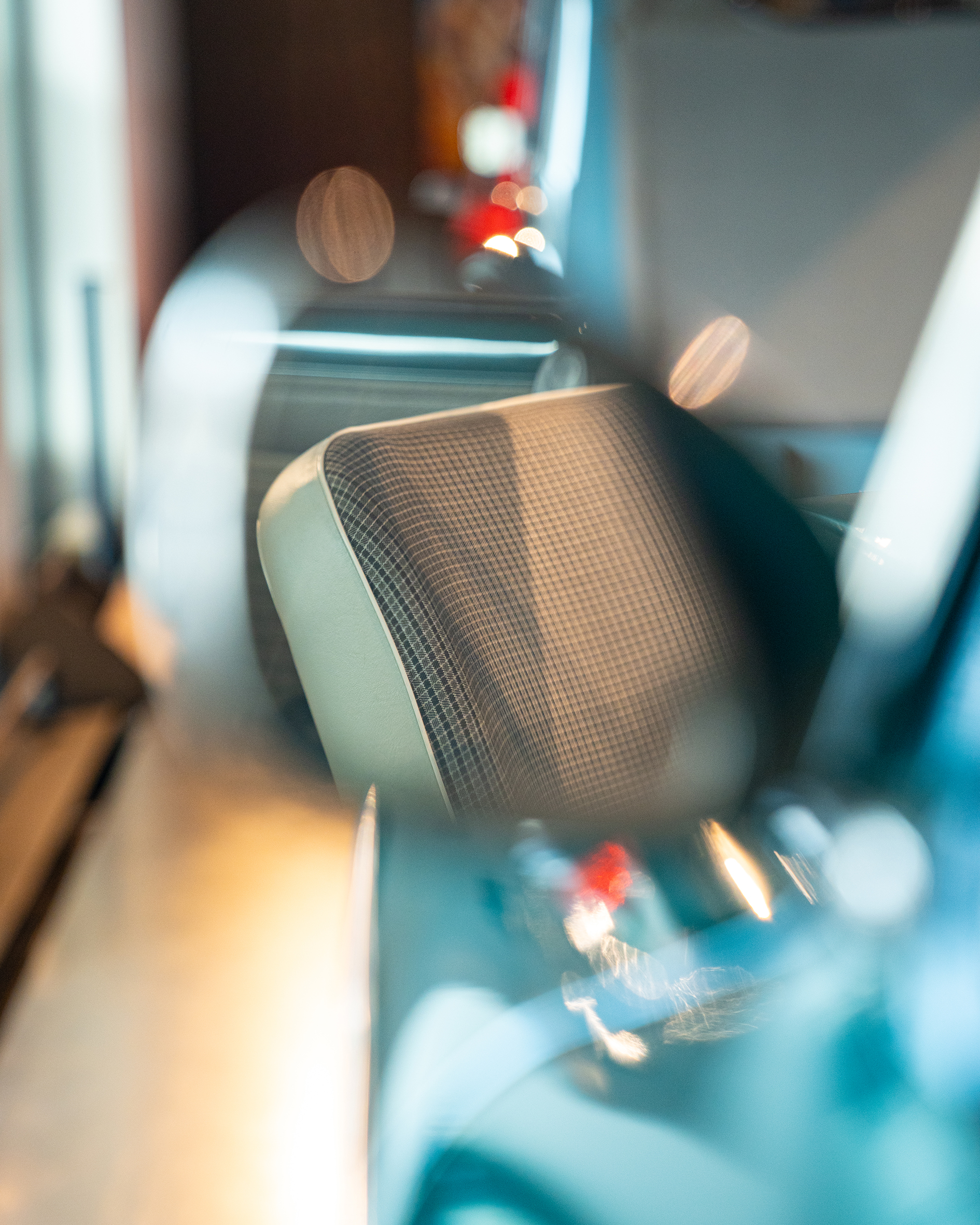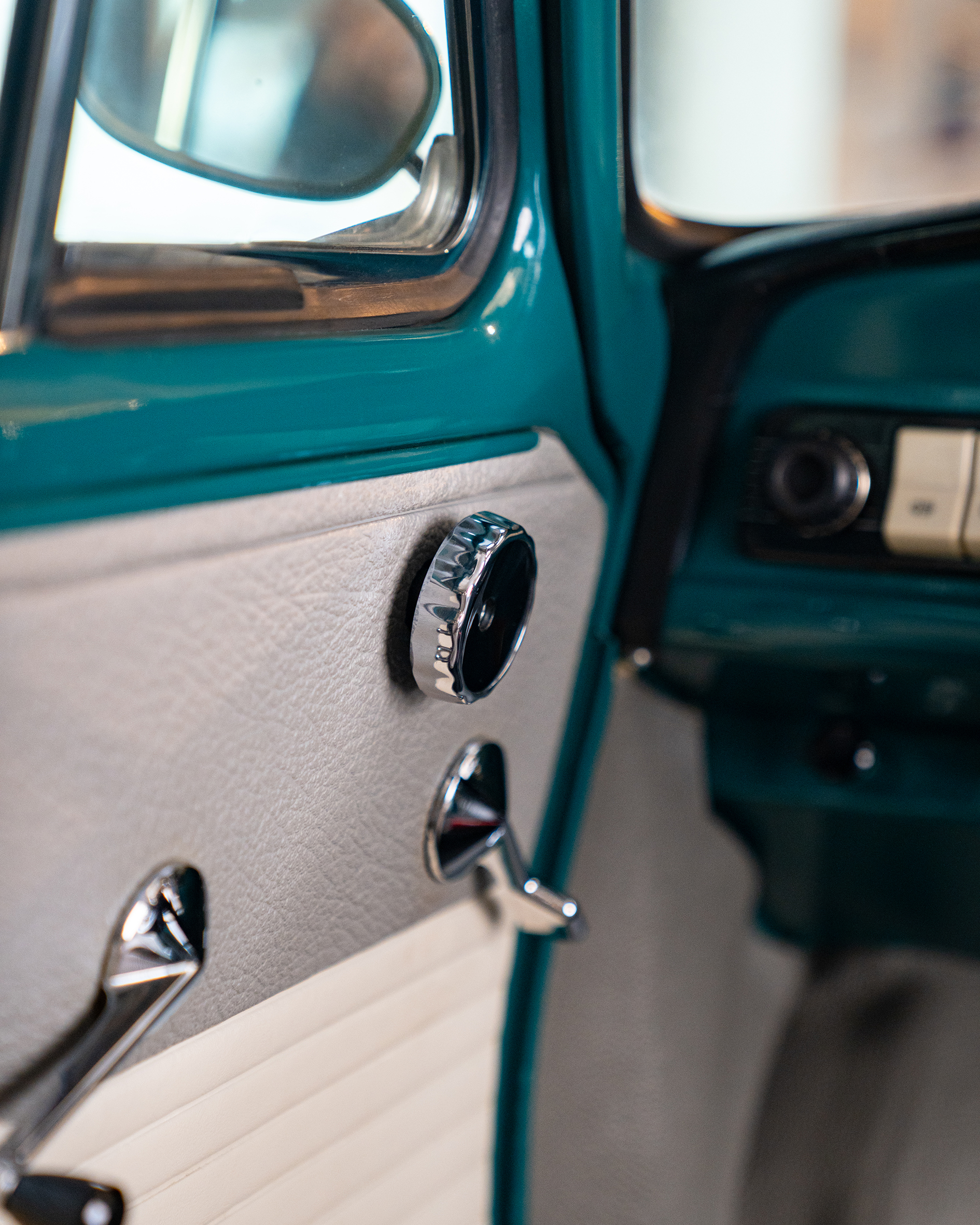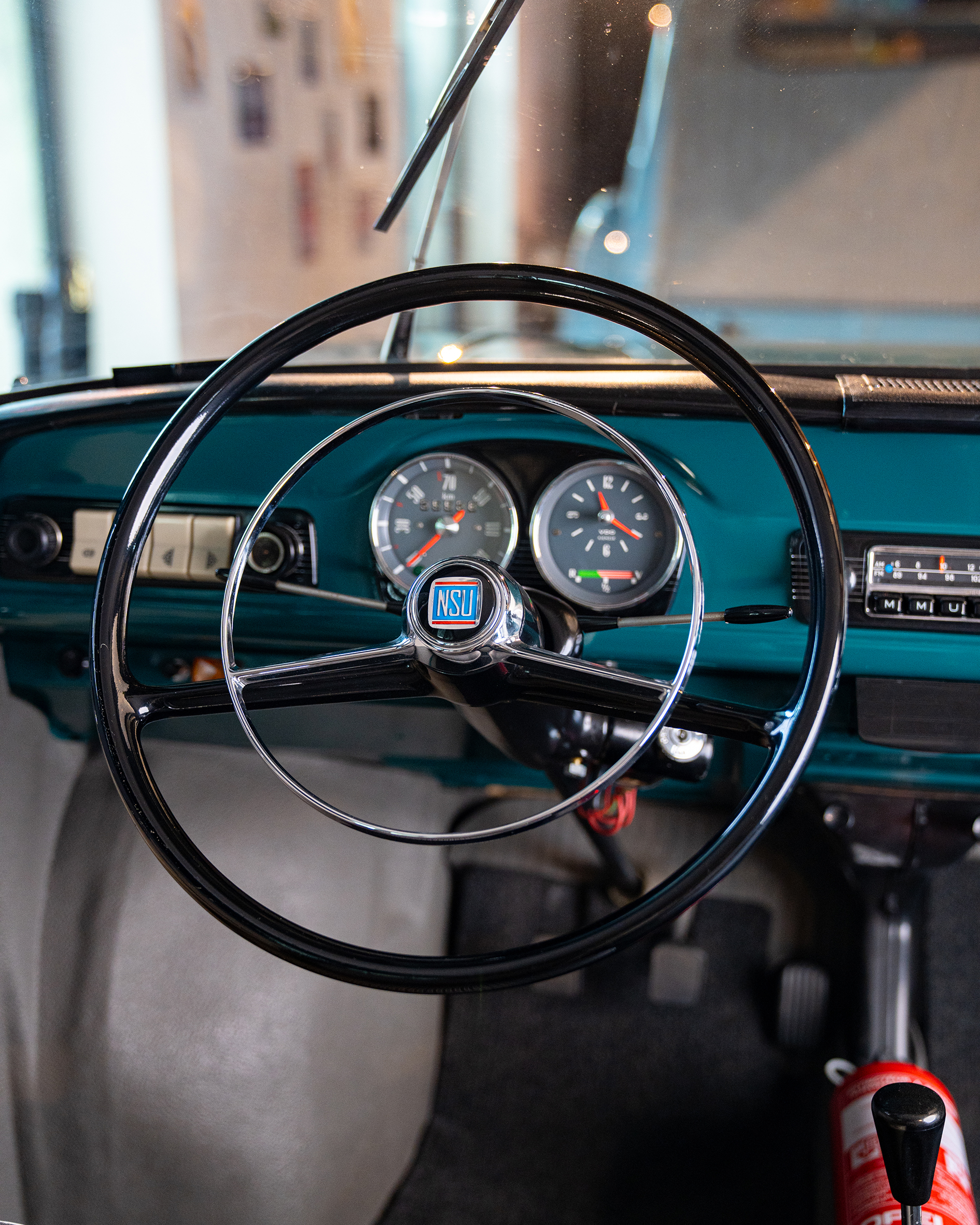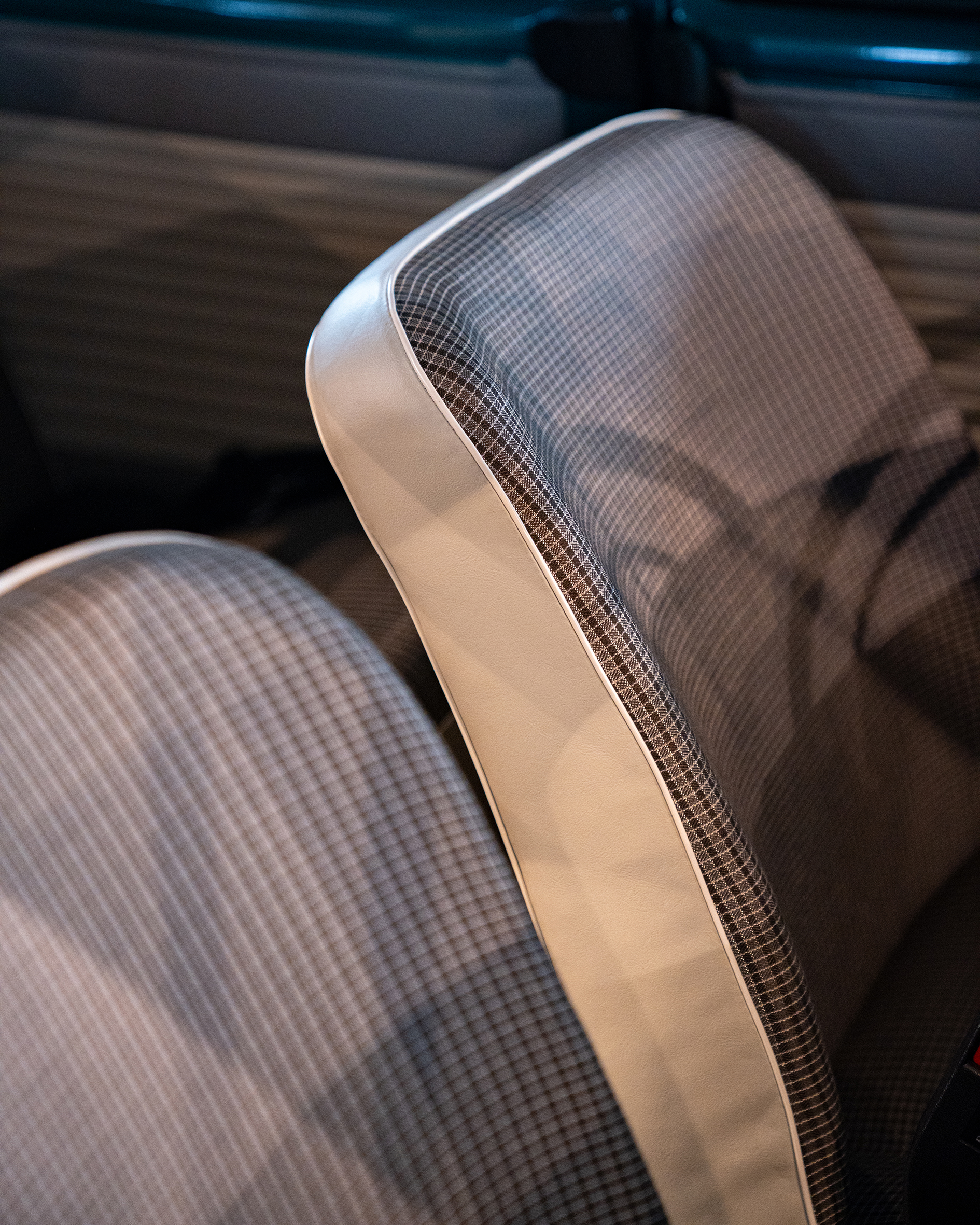The NSU Prinz was a passenger car model of the German NSU Motorenwerke AG and was built in different variants from 1958 to 1973. Modesty characterized the appearance of this small car family, which was perhaps precisely why it was destined for greatness. Indeed, the boxy NSU Prinz 4, launched 60 years ago, managed a career that was unprecedented in its kind.
The NSU Prinz was a passenger car model of the German NSU Motorenwerke AG and was built in different variants from 1958 to 1973. Modesty characterized the appearance of this small car family, which was perhaps precisely why it was destined for greatness. Indeed, the boxy NSU Prinz 4, launched 60 years ago, managed a career that was unprecedented in its kind. First, the 3.44-meter short two-cylinder type finally transformed NSU, the world’s largest motorcycle manufacturer until the mid-1950s, into a globally recognized automaker, introducing the Wankel Spider in 1963, the first production car with a rotary engine. Just four years later, NSU launched the Ro 80 Wankel sedan, a futuristic style icon whose design language is still considered trend-setting today. NSU earned the money for the development of these automotive milestones with the Prinz 4, a bestseller that became the founder of a whole guard of princes.
At the 1961 IAA, the Prinz 4 was to show what an adult-looking successor to the first generation of NSU small cars (Prinz 1 to 3) built since 1957 would look like. Bertone presented a design draft for this as early as 1959, but it was rejected, as was a proposal from the NSU studios, because its forms were too similar to the then newly presented BMW 700. Time was pressing, and so NSU junior designer Claus Luthe and NSU chief designer Albert Roderer were inspired by the American rear-engine Chevrolet Corvair model shown at the 1960 Geneva Motor Show: A high-set beltline accentuated by chrome and folded into the sheet metal, plus generous glazing with steeply-positioned windows and smooth body surfaces without superfluous ornamentation, NSU made fashionable with this line until the 1970s.
Production of the NSU Prinz 4 began as early as June 1961, and the successor model to the Prinzen I, II and III (including the Prinz 30) was shown at the IAA in Frankfurt/Main in September 1961. Compared to its predecessors, it had grown considerably and was given a body designed by automotive designer Claus Luthe in the style of the Chevrolet Corvair with a wraparound bead emphasizing the beltline.
The chassis and transmission were the same as those of the Prinz III. Speculation about the first use of the Wankel engine did not materialize. The conventional engine now produced 30 hp (22 kW) from 598 cc. This allowed a top speed of 116 km/h. At the proud price of 4,490 marks, more than VW was asking for the Beetle, which was in a larger class, the 555-kilogram Prinz offered space for five passengers and 445 liters of luggage. Sensational values that were particularly well received in bella Italia, where the 120 km/h fast and, with a turning circle of 8.80 meters, amazingly handy rear-engined model achieved cult status as the fiercest rival of the popular Fiat 850.
The rarely purchased “Prinz 4” was the single version (corresponding to the earlier Prinz I), while the “Prinz 4S” was the normal version (corresponding to the earlier Prinz II and III models). These two versions were offered unchanged until March 1969.

